Basic first aid teaches people how to perform the skills necessary to keep people, at the very least, alive until the emergency services arrive. The casualty can then be taken to the hospital. Is first aid the same regardless of a casualty’s location? Is it the same if you’re in the middle of the desert, or the middle of a big city? The answer is that whilst many of the skills you learn are transferable, in more remote locations you’re likely to experience different problems: for example: the types of injuries you treat and time/distance for professional medical help to arrive. These can be quite different dependent on where your incident occurs.
We’ve put together this helpful guide to help understand the differences between wilderness and city first aid and ensure you find the perfect course to suit your needs.
What is Wilderness First Aid?
Suitable for anyone who loves the great outdoors. A wilderness first aid course is also useful for anyone aspiring to become adventure camp employees, hike leaders or tour guides, and many more. Wilderness courses teach a more advanced set of first aid skills. Candidates may already hold a current first aid/CPR qualification. If not Blueguard can provide all the course prerequisites. Wilderness first aid is different from traditional or city first aid because it will cover topics such as injuries caused by wildlife/insects; the weather and how heat and cold will affect the body; and how to use what you have on hand – you don’t always have the perfect first aid kit – you may need to get creative!
An obvious difference between wilderness and city first aid is that you likely to be more remote from emergency medical help; communications may be poor. Imagine you’re hiking and you lose your mobile phone reception. A friend then breaks their leg. Time will never be on your side in the wilderness, and you may have to make some tough decisions about leaving the scene to get help. Additionally, you can’t just run indoors when the elements take a turn for the worse. You have to know how to create a safe, protective environment during emergencies using what you have with you, and what you can find.
With a wilderness first aid course you will learn the following:
- How to deal with weather-related emergencies (too hot/cold, heavy rainstorms, etc.)
- Understanding how to deal with an altered mental state
- How to assess and treat altitude illnesses
- Managing insects and animals bites and poisoning
- Dealing with facial, head, neck, and back injuries
- Wound care for both minor and major injuries
- Treating a person in shock, pain, or with chest injury
What is City First Aid?
City first aid is traditional first aid with an understanding that cities also have their own issues to deal with in an emergency. For example, emergency responses can be delayed due to traffic jams or overstretched emergency services. Cities can be crowded places, and basic first aid skills such as securing the scene and keeping others safe may become increasingly difficult.
City populations are increasingly is diverse. Gaining an awareness of cultural differences means first aid is safe and effective for all.
In a traditional first aid course you’ll learn the following:
- How to assess and secure the scene
- Communicating with emergency responders
- Understanding and giving effective CPR (Cardio-Pulmonary Resuscitation)
- Treating cuts, wounds and bleeding leading to shock
- Minimizing infection
- Pain management
- And more!
Wilderness & City First Aid Training at Blueguard
Blueguard’s First Aid Courses are designed to provide everyone with the knowledge to provide lifesaving care in an emergency. Whether in the wilderness or in the city
Thoughtfully designed with you the student in mind, our innovative courses are professional, informative and fun!!
If you’re interested in signing up for a Wilderness first aid training course, or one of our Lifeguarding courses, contact a member of the Blueguard team today!
